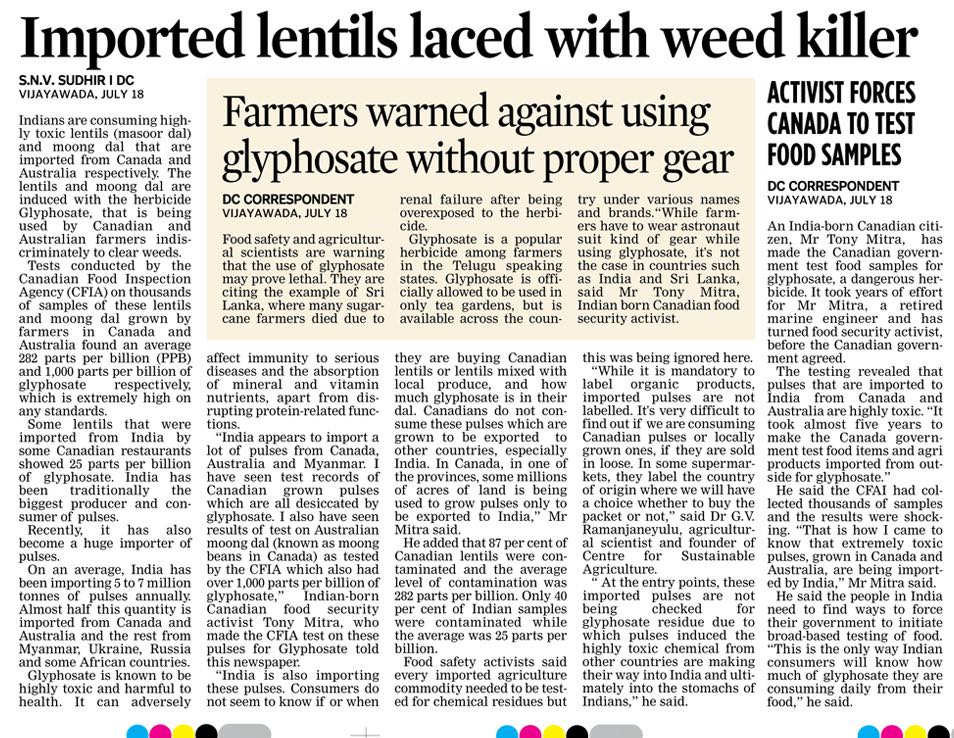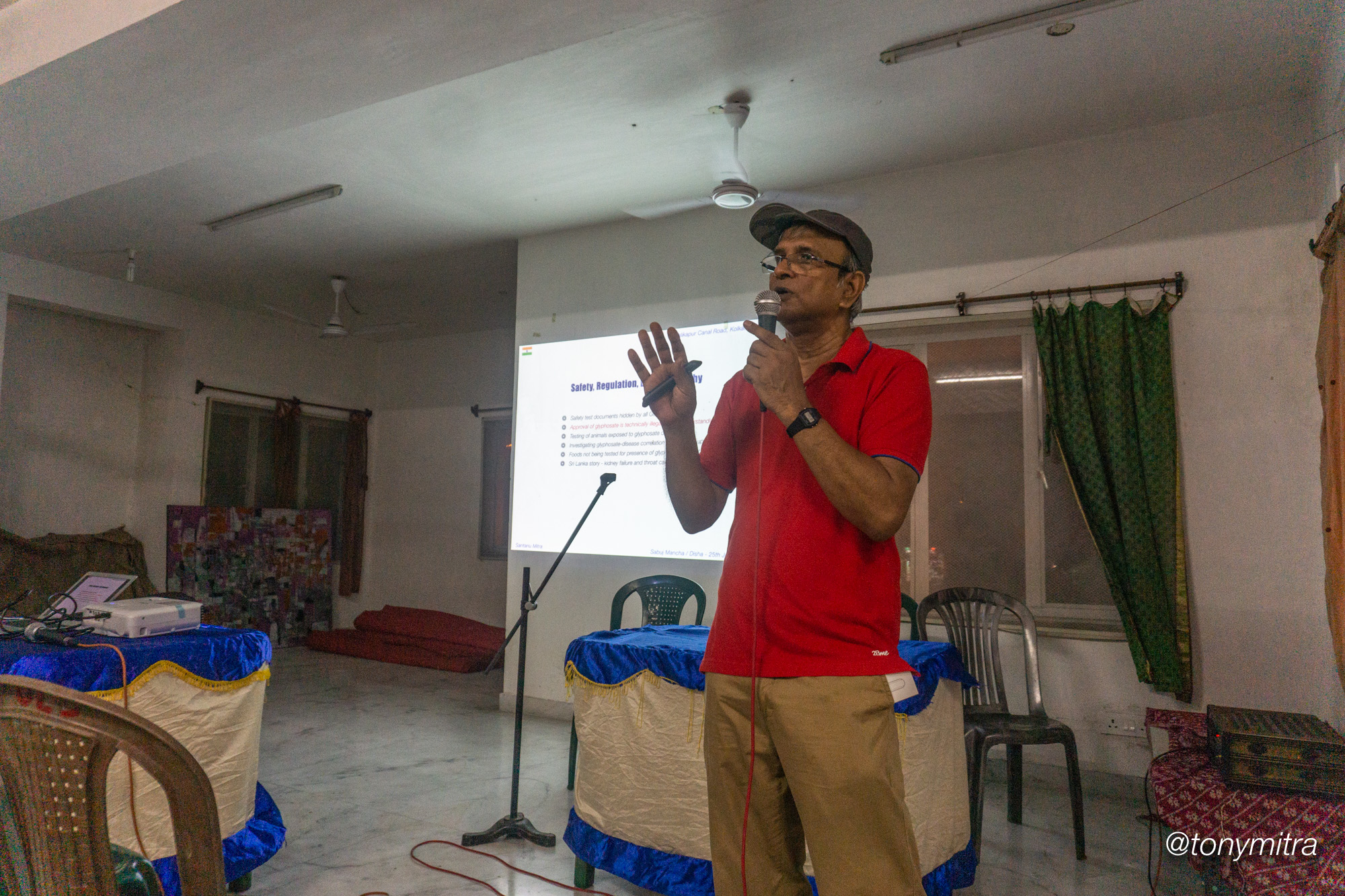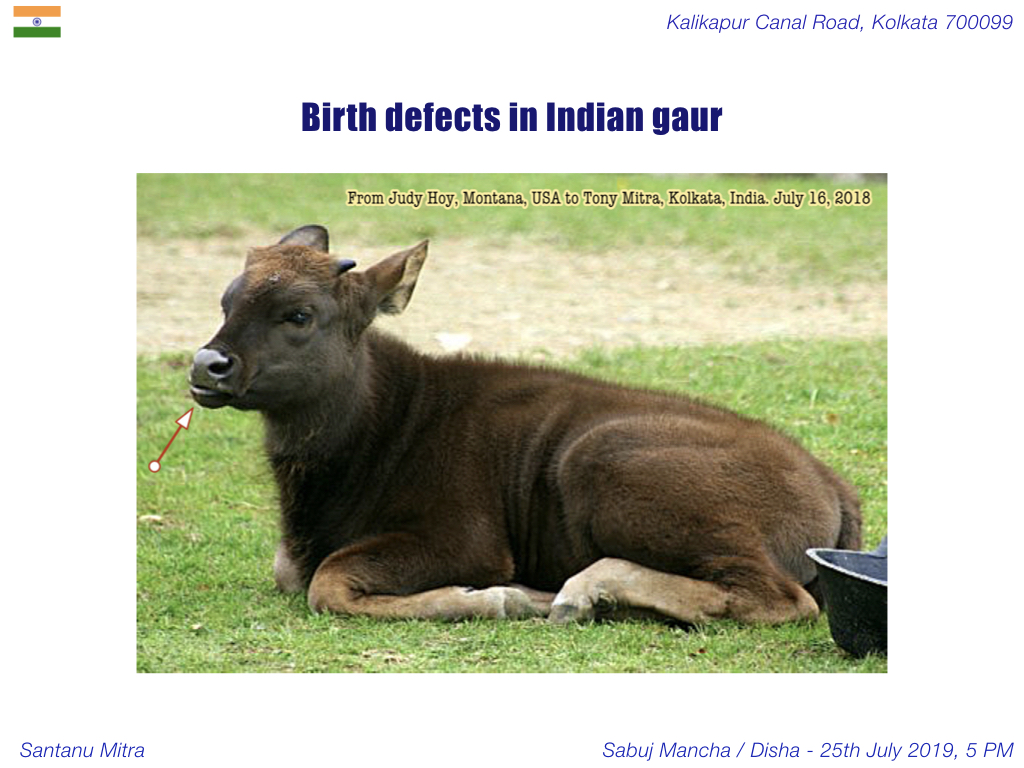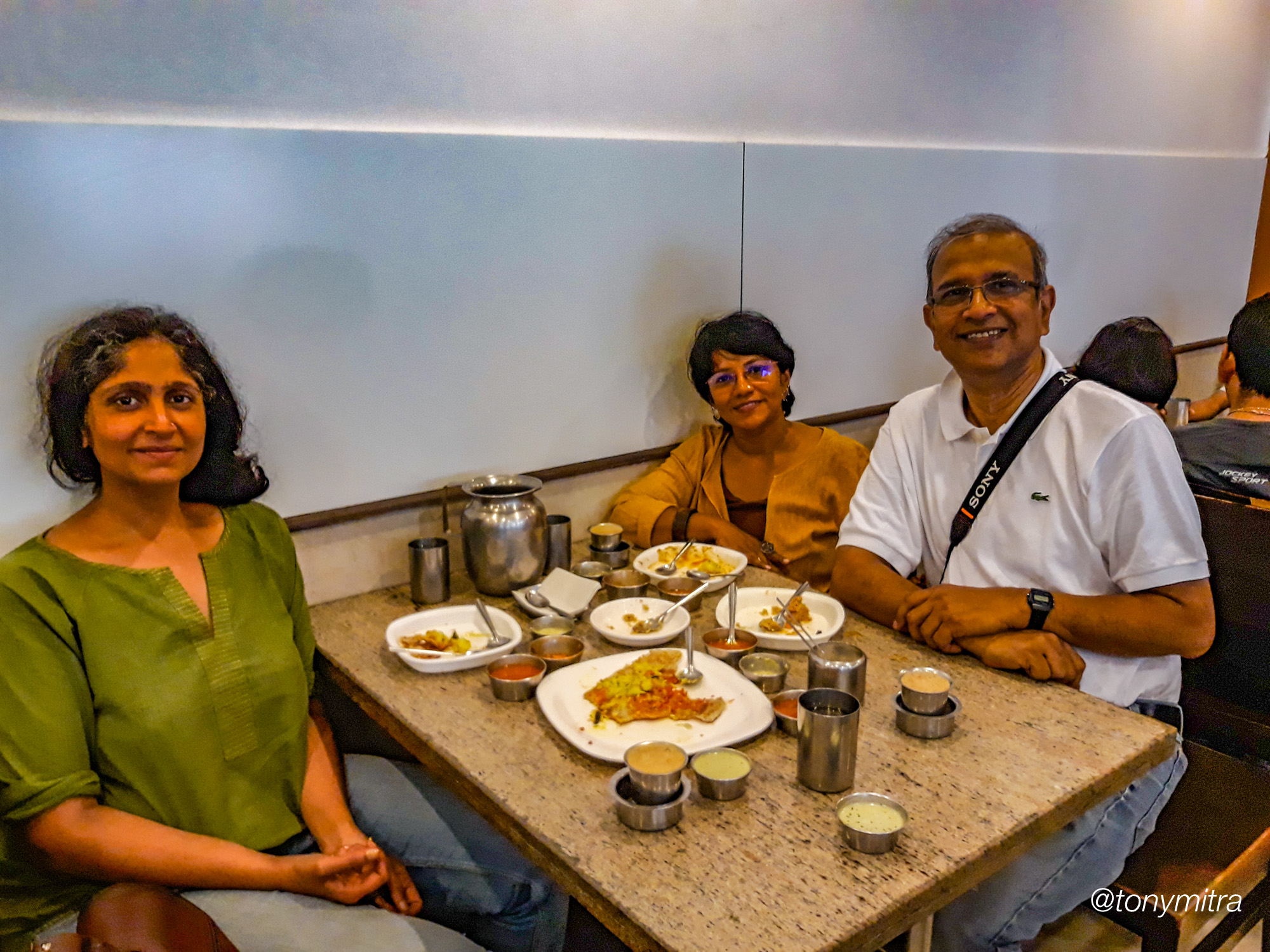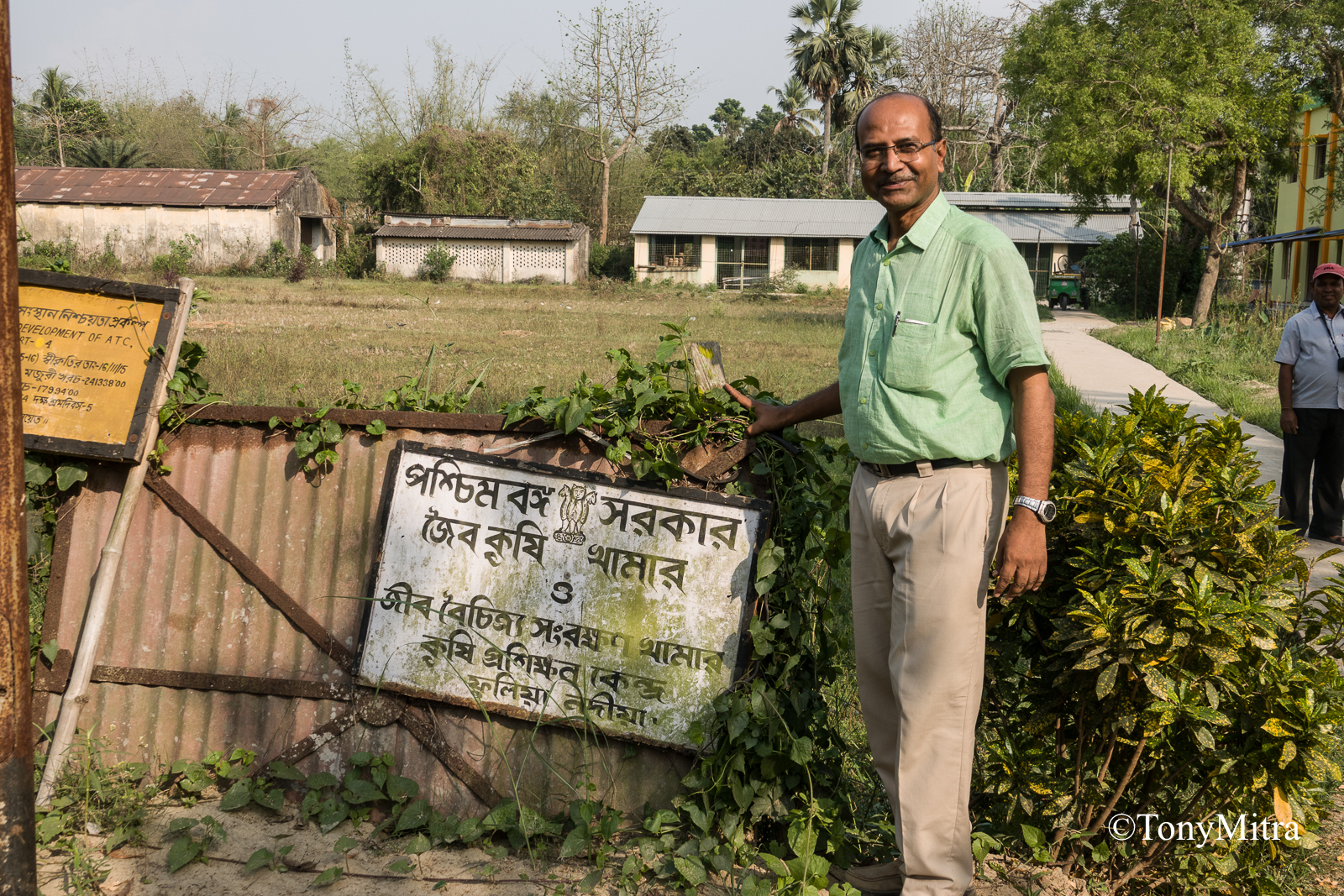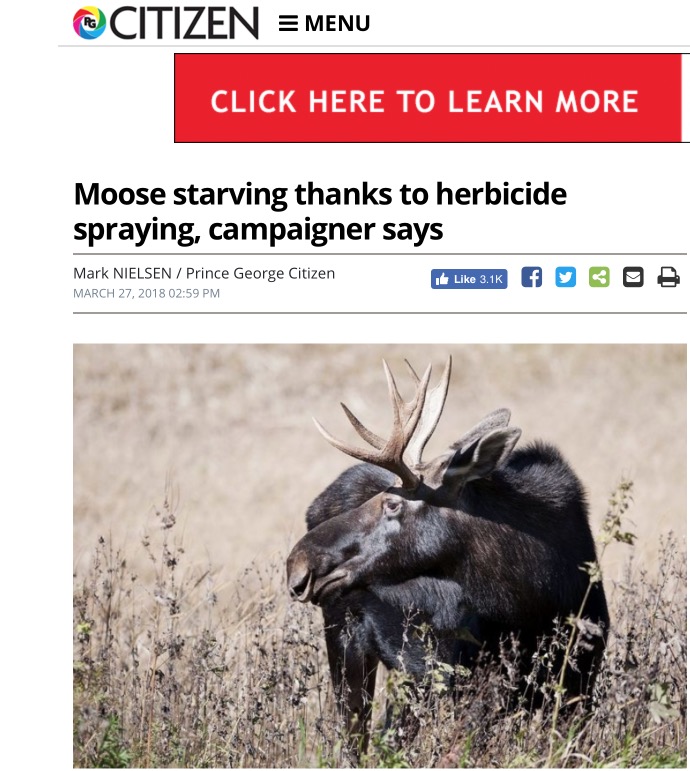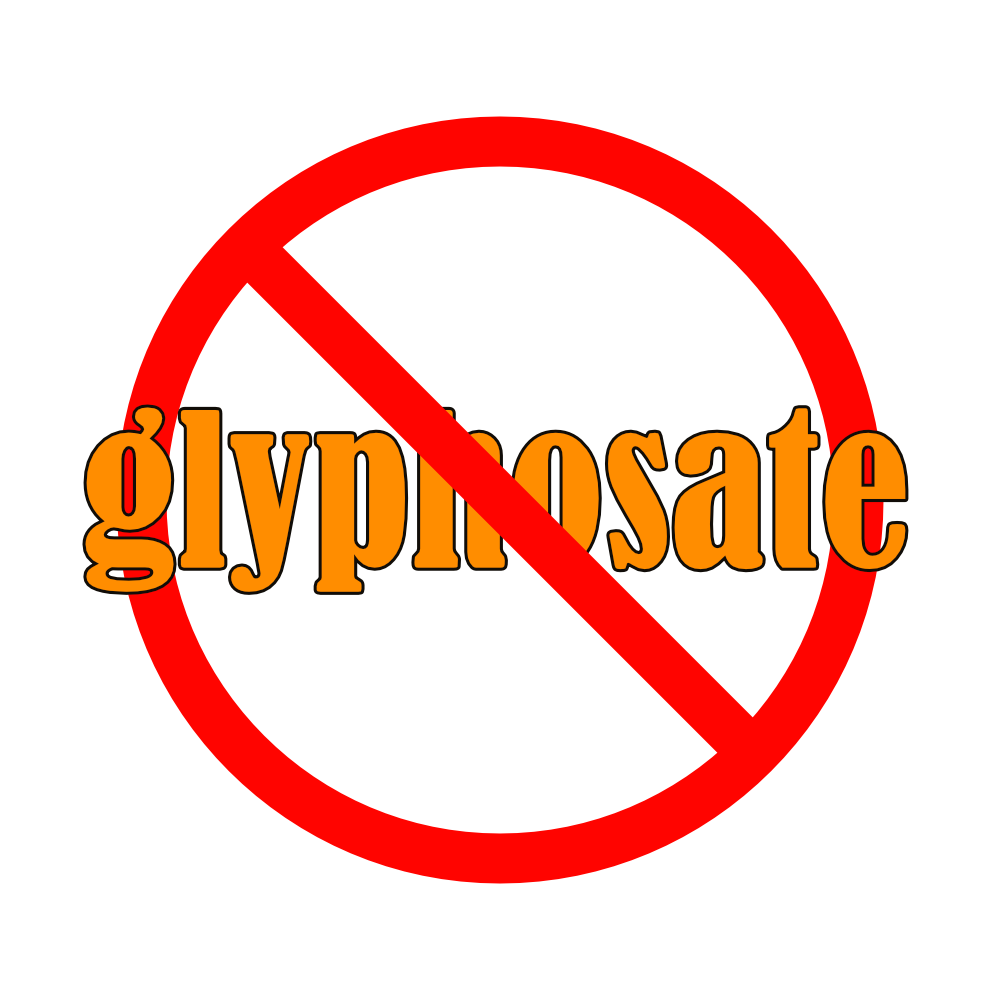Are young tea or alcohol drinkers likely to face early cancer or liver damage from Glyphosate?
If we are getting poisoned by glyphosate, which of our food and drinks are likely to affect us faster ?
If we are getting poisoned by glyphosate, which of our food and drinks are likely to affect us faster ? I CFIA tested thousands and thousands of foods for glyphosate, where I had a role to play. But Canada did not test tea or coffee or alcohol, since these were not considered food and my drive was to test food.
Separate small scale testing has been done on beverages. There is a test of wines done by Zen Honeycutt in the US, where she found glyphosate in most wines including wineyards that were organic or biodynamic ones. Then there is the test of various foods and a few tea brands, whose details are mentioned here. These too were just a handful of tests. These seemed to indicate that tea contains far more glyphosate than all other foods tested by the US team. There is separate comments on how glyphosate is to be expected in beer and whiskey etc, alcohol that are produced from wheat and rye, barley etc. I know that these desiccated grains have far more glyphosate than Roundup Ready soy and corn. So I would have expected glyphosate concentration to be high in these drinks, especially in products that used grains harvested after 2005 in North America, since pre harvest desiccation of grains started from that time.

But, I have not seen a comparative data on glyphosate concentration on all these drinks, i.e. tea, wine, beer and whiskey. Without seeing such comparative chart, and from what I have already seen, I suspect more non-alcoholic people, especially people from Asia, are getting poisoned from tea, where glyphosate is suspected to have entered from the 1980s. On top of this background, highly toxic lentils and pulses are now being imported from Canada, Australia etc without any testing if those levels of glyphosate are allowed in India, and more importantly, if India has ever checked on safety of glyphosate in seed crops by subjecting test animals to a dose of glyphosate proportional to their body weight. These two factors, tea and lentils, might be the first reasons for the epidemic of auto-immune diseases facing India right now, and which I suspect is going to swamp the nation in a decades time. ON top of these, we have a runaway use of glyphosate everywhere. It is omnipresent and ubiquitous in India.
My computer crashed last week, and is now with local Apple Service centre. I am using a backup unit, a 13 inch MacBook Air with much smaller hard drive and screen. I am not building up the programs and data from cloud and Time Machine backups.
Being in India for the last few months, my perspective on the subject has changed considerably. I have become less concerned about reaching out to the anti-GMO activist groups, or the media, and have gotten more interested on grassroots level activity going on under the radar. There are a to of things going on here, both good and bad.
 Glyphosate is everywhere, with and without Monsanto. Public is unaware of it, its omni presence, or potential damage. Anti-GMO groups have their heads in the sand and blowing hot air from the wrong end. The people and wildlife are likely already facing a rising tsunami of health degradation. Some experts have predicted that conventional farming is going to collapse in India within the next two decades.
Glyphosate is everywhere, with and without Monsanto. Public is unaware of it, its omni presence, or potential damage. Anti-GMO groups have their heads in the sand and blowing hot air from the wrong end. The people and wildlife are likely already facing a rising tsunami of health degradation. Some experts have predicted that conventional farming is going to collapse in India within the next two decades.
I personally feel the healthcare system and along with it much of the fabric of society is likely to also collapse from a tsunami of auto-immune disease.
One side of the discussion was initiated by me, trying to learn about salts of glyphosate and their water solubility and activity at the biological level when it gets into our stomach with the food. The other part was discussion relating to glyphosate’s ability to trigger cancer.
Obviously there are many kinds of cancer. We humans seem to have developed an elevated fear of cancer. If glyphosate kills you by liver or kidney failure or turning your brain into a cabbage, that is acceptable, as long as we do not die of cancer. This mentality has lifted the topic of if glyphosate can or cannot to trigger cancer to a high level of public visibility.
There are several studies and opinions on glyphosate’s carcinogenicity. I shall not go into much except a few comments:
- WHO declared it to be probably carcinogenic
- Another international group countered it
- Sri Lanka banned it because it was killing some farm workers
- Sri Lanka has since been internationally pressurised and forced to selectively allow glyphosate use in some areas such as rubber plantation and tea gardens.
- There is a suspicion that tea garden workers in Sri Lanka are getting throat cancer due glyphosate.
- Next door in India there is a news blanket on the Sri Lanka- Glyphosate story.
- Independent study of tea in USA showed glyphosate concentration in all tea brands tested, and the level of concentration to be higher than all other food and beverages tested.
- Another study found people drinking tea to have more glyphosate in their urine.
Sri Lanka as well as India tea gardens and rubber plantations are good cases to check what is going on with glyphosate. Glyphosate is regularly used in these areas for both countries. In India there seem to be no study or testing of health effects of glyphosate among agricultural workers. There is also almost no test
 Meanwhile, Excel Cropcare, a Mumbai based Indian firm that produces three kinds of glyphosate and is a major producer of glyphosate, has been taken over by Japanese multinational Sumitomo Chemicals.
Meanwhile, Excel Cropcare, a Mumbai based Indian firm that produces three kinds of glyphosate and is a major producer of glyphosate, has been taken over by Japanese multinational Sumitomo Chemicals.
Not just that, but it was declared that the new management would open up 30% of its shares for public to pick up. Its shares have skyrocketed.
 Back in 2011 its share was valued at Rs 150. This year it has reached Rx 4,200 representing a 2800% rise in share value in 7 years. Share market advisory web sites are describing this share to be a hidden gem.
Back in 2011 its share was valued at Rs 150. This year it has reached Rx 4,200 representing a 2800% rise in share value in 7 years. Share market advisory web sites are describing this share to be a hidden gem.
Considering glyphosate and a whole list of nasty biocides are part of the “Cropcare” products, I marvel at the idea of having the Indian public fund their own mass poisoning.
But the story does not end there. I am given to understand that India is one of the suppliers of glyphosate, legally and illegally, to Sri Lanka.
When Sri Lanka banned glyphosate after noting death from kidney failures of sugarcane workers, the ban was included in all areas and covered tea and rubber plantations.
Japan, a major importer of Lankan tea, has reportedly warned that a shift away from glyphosate to other alternatives is considered unsafe and as a result Japan is to ban import of Sri Lankan tea. There were various other financial pressures on the nation that resulted in Sri Lanka recently opening select sectors of its agriculture to use of Glyphosate.
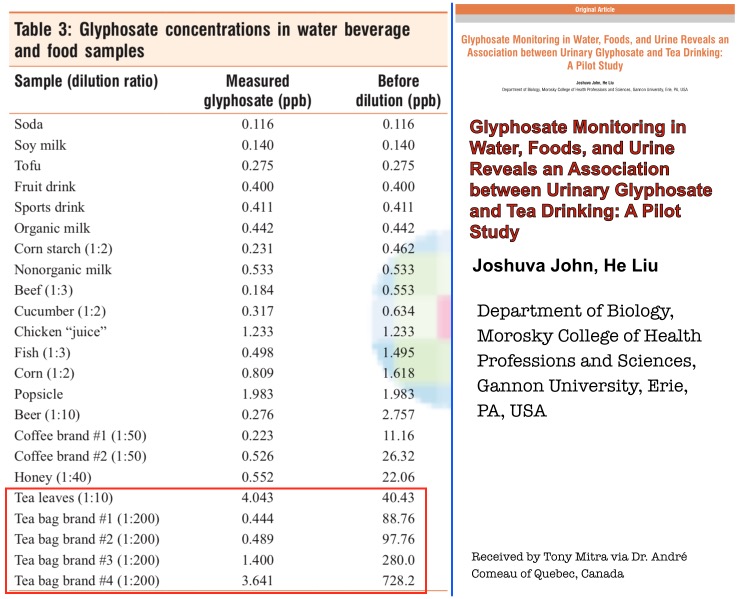
Going back to tea drinking, could Asians, heavy drinkers of tea, be getting poisoned through tea? Could they have liver and other problems from drinking tea that is increasingly having glyphosate as tested in the US, but nobody is testing it in India?
Back to India, there are reports that the current crop of traditional farmers are leaving the profession. Their children want to study and get urban. Farming in India is going to be left to professionals, i.e. technology and chemical pushing firms.
I can begin to see the prediction from the ground that farming in India is going to face a collapse sometime within the next two decades. And that will be achieved largely by the money invested by a rising tide of upwardly mobile Indians.
 I shall need some time to wrap my head around all the new things on the horizon. I shall likely not be alive to see the end of this transition, being 68 years old now. But the world is surely facing an extremely stark future, unless the opposite trend of going back to the soil wins over in the end.
I shall need some time to wrap my head around all the new things on the horizon. I shall likely not be alive to see the end of this transition, being 68 years old now. But the world is surely facing an extremely stark future, unless the opposite trend of going back to the soil wins over in the end.
Meanwhile, there is a good series of exchanges ongoing daily between Anthony Samsel, Judy Hoy, Stephanie Seneff, André Comeau, Thierry Vrain, Don Huber and myself. I am the only non-scientist in the group, but have benefitted enormously from learning of the intricacy of the issues involving glyphosate from them.
There are talks on how and if glyphosate by itself or with others can cause this or that disease. The item under discussion in the last two days involve near demise of wildlife in North America, from likely exposure to glyphosate and other biocides that come over in tiny quantities along with the weather fronts from agriculture belts over to forests.
According to wildlife scientist Judy Hoy, it is today extremely hard to find a single male white tail deer that does not suffer from damaged reproductive system involving visible abnormality in their scrotum and penis/sheath.
Judy Hoy says: “Specific new male reproductive malformations and consequent infertility were first observed on wild and domestic grazing animals on males born in 1995. The incidence rate on our study animal, white-tailed deer went up through 2001 and then remained at a prevalence for abnormal scrotum alone at between 65 an 70%. In 2014, the prevalence of malformed male genitalia (all of several different documented birth defects of the scrotum and testes placement) went up to 80% and remained at approximately 80% since. When short penis sheath (micro-penis on human newborns0 is added, there are almost no completely normal male fawns now being born. It is extremely rare to observe a male deer, white-tailed deer or mule deer, with normally placed, normal length scrotum and testes and normal length penis sheath. Males of all other common grazing species that live in Montana and other western states have been documented with congenital male reproductive malformations.”
My question for India is – does this country have an equivalent of Judy Hoy, that has methodically tested wildlife for decades and has the data of possible similar effects on local wildlife? If the answer is a likely “no” (Judy is unique even in North America), then is it not high time that Indian educational institutes address this issue? Ask Judy to train field workers on how to measure and record wildlife, both alive and dead.

Part of the correspondence going around. This one was from me, the only non-scientist in the group.
Anthony Samsel said:Grapes for eating and for wine are contaminated with Glyphosate by absorption through the roots of the vines. Grape juice and wines are contaminated this way because they use Glyphosate for weed control i9n the path rows and around the plants for weed and insect control. No weeds less places for insects to hide. This is also the case in orchards, nut groves and olive production too.
Grapes juice and wine products will have additional glyphosate added during production of grape juice and with wine after fermentation. Both end products are additionally contaminated from the glyphosate of the gelatins used in the fining process for product clarity.
The ongoing epidemic of auto-immune disease in India, I feel, may have strong link with mass glyphosate poisoning from imported dal as well as a runaway use of it everywhere, and total lack of control by the government, nor any kind of test on what it does to the planetary biology.

Comments like these from wildlife scienst Judy Hoy of Montana have gone into my blogs which are used as placeholders of rapidly flowing bits of information.
Later on they are to go into the book I amp writing, tentatively titled “Lonely Roads”. I have also been toying with the notion of an alternating title (or a subtitle) such as “Field notes of a food security activist”.
According to Judy Hoy, who has been studying, as well as performing autopsy on dead animals for several decades now, big game herbivore wildlife in North America is likely in its last generation before going extinct, all due to exposure to toxins, prime suspect of them being glyphosate due to its insidious ability to harm foetuses in womb, and because of the sheer volume of it being used every where.
IN North America, it gets into forests not just by spraying by logging corporations, but also from nearby agricultural fields along with movement of the weather front, and even as the fumes are picked up in rain and comes down later on nature.
Some years ago, Judy used to say that over 70% of the wild deer of Montana and nearby states have birth defects that will prevent them from producing a viable offspring for the next generation. Today she claims the figure is approaching 100%. The damage is not just in the reproductive system, though that one is easy to see visually on a dead animal. On a living one, the best indication might be to see the dispatch on upper and lower jaws.
Once a daed animal is cut open for autopsy, it is easy to see damage to internal organs from heart to vasculature to liver and many other parts. It is not a pretty picture.
Nobody I know of has been checking on wildlife quite the the way and to the extent that Judy has from North America. Therefore, we may not know if wildlife in other parts of the world, say in India, are also heading the same way.
This leaves an interesting question. How about domestic animals ? What is happening with them ? I need to engage Judy and others on that too.
Anthony Samsel suggested that I might want to test my urine to check if it is free of glyphosate or not, considering I am making effort to eat only organically grown rice and pulses for a while now. Its a good idea.
 I shall still take time to wrap my head around all issues of Glyphosate in India, and have not touched the issues of politicians, although I have things to say, both good and bad about the system. Perhaps in another issue – part III, of India and Glyphosate series of articles.
I shall still take time to wrap my head around all issues of Glyphosate in India, and have not touched the issues of politicians, although I have things to say, both good and bad about the system. Perhaps in another issue – part III, of India and Glyphosate series of articles.
 Also there is still the issue of glyphosate’s ability to cause various kinds of cancer – liver cancer including Lymphoma and malignant Hemangioendotheliomas.
Also there is still the issue of glyphosate’s ability to cause various kinds of cancer – liver cancer including Lymphoma and malignant Hemangioendotheliomas.
Those have to go into a future article – part III ?

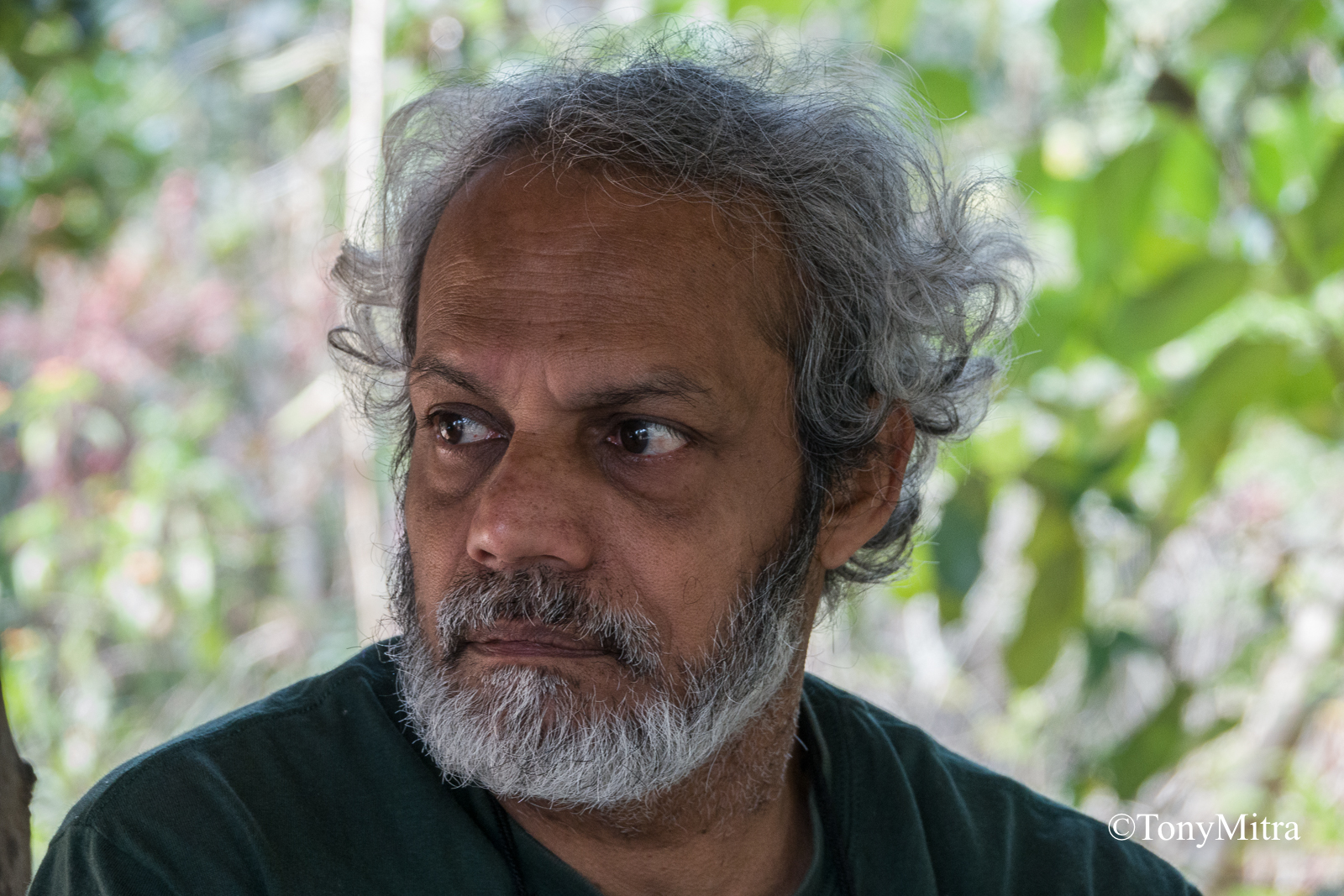
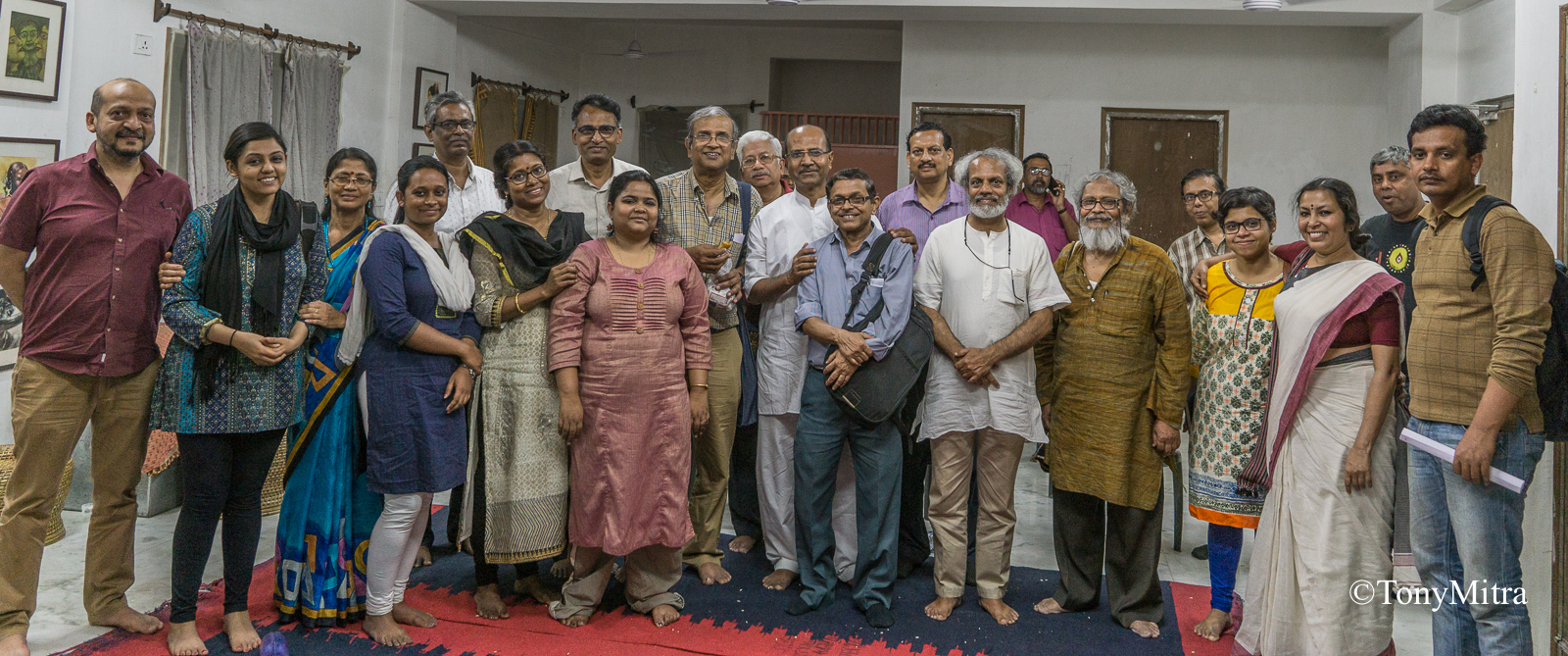
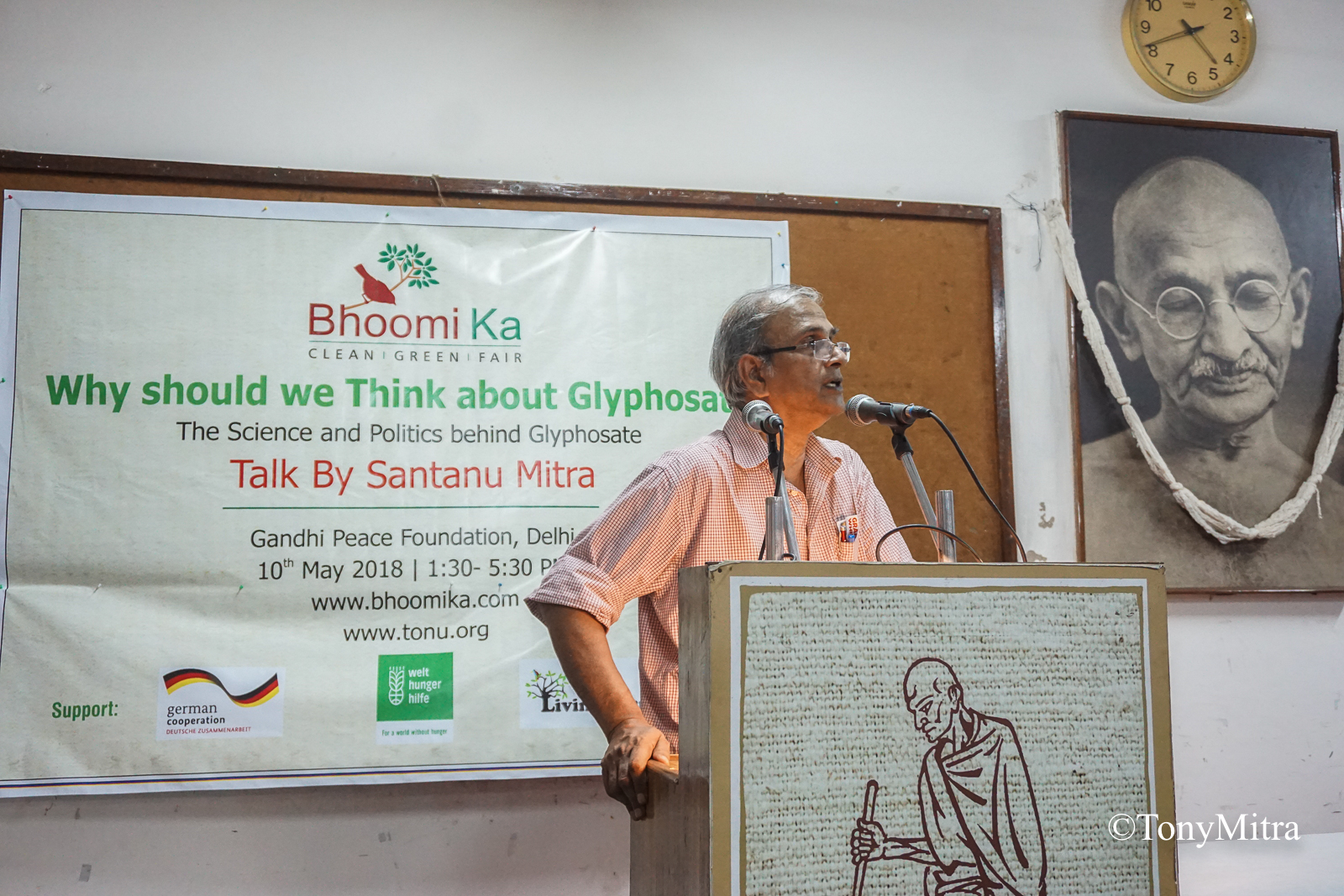
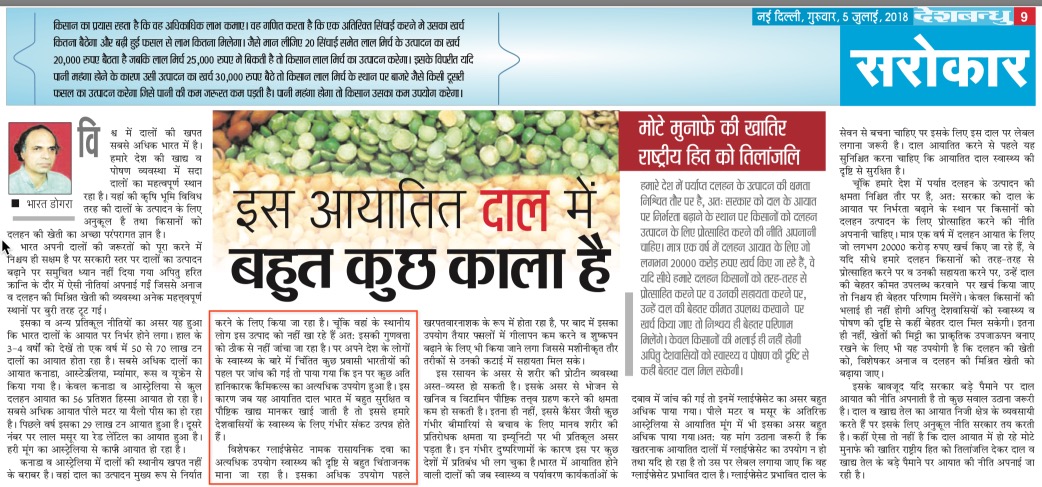
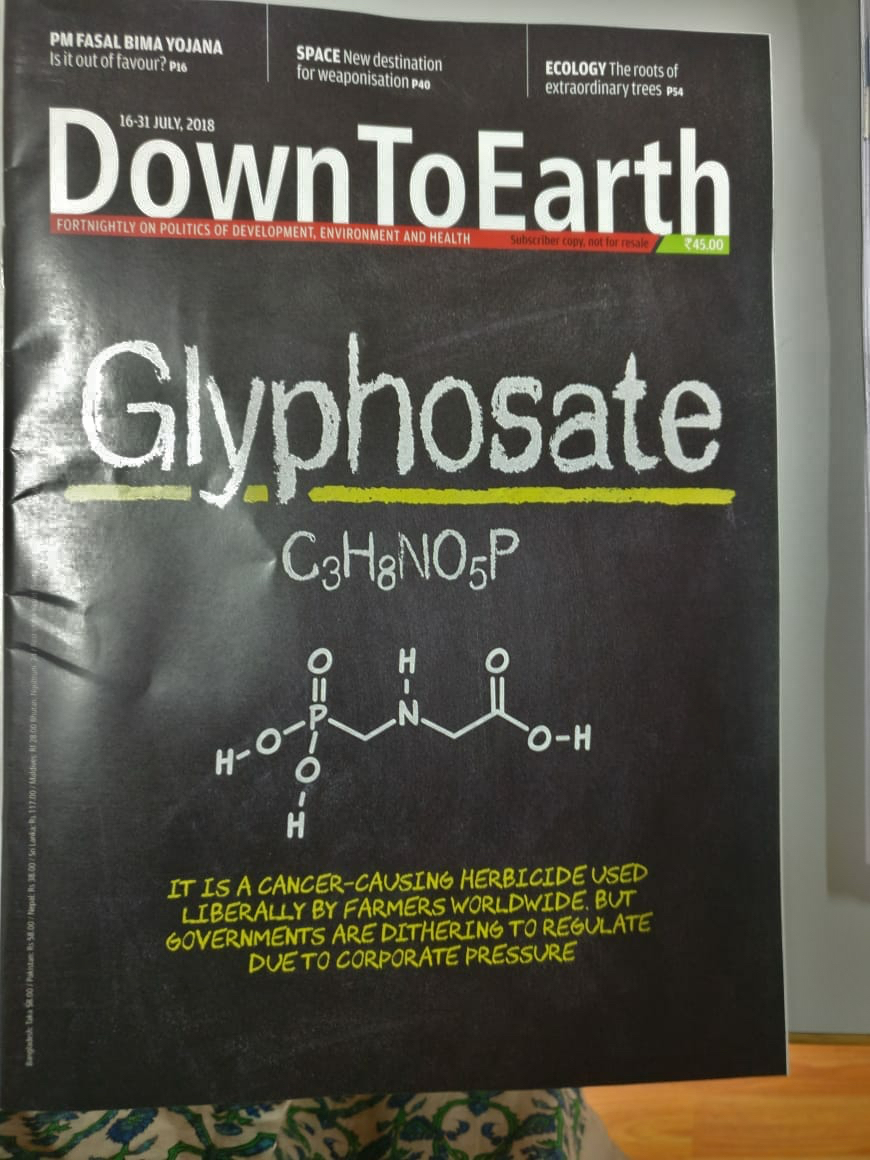
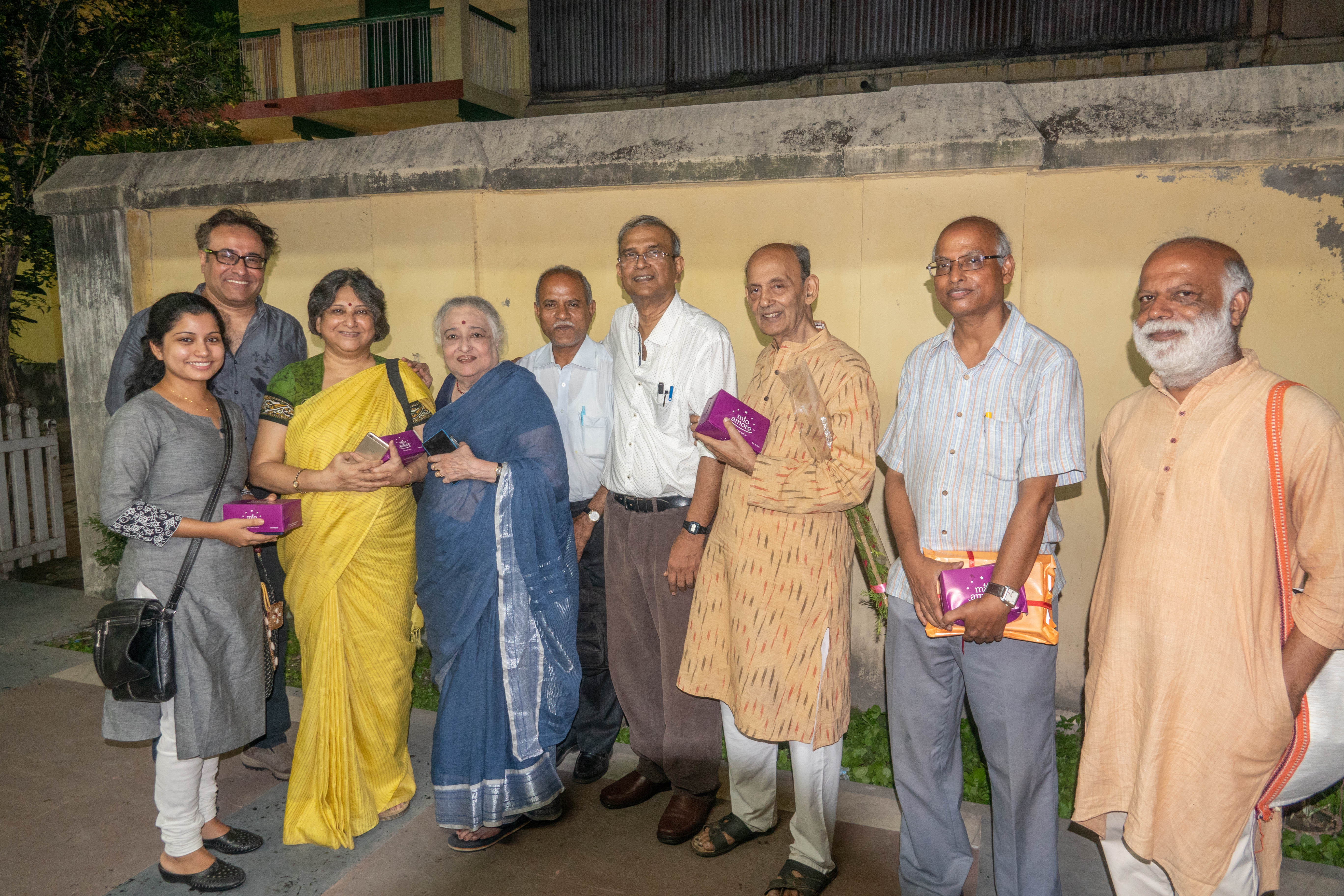
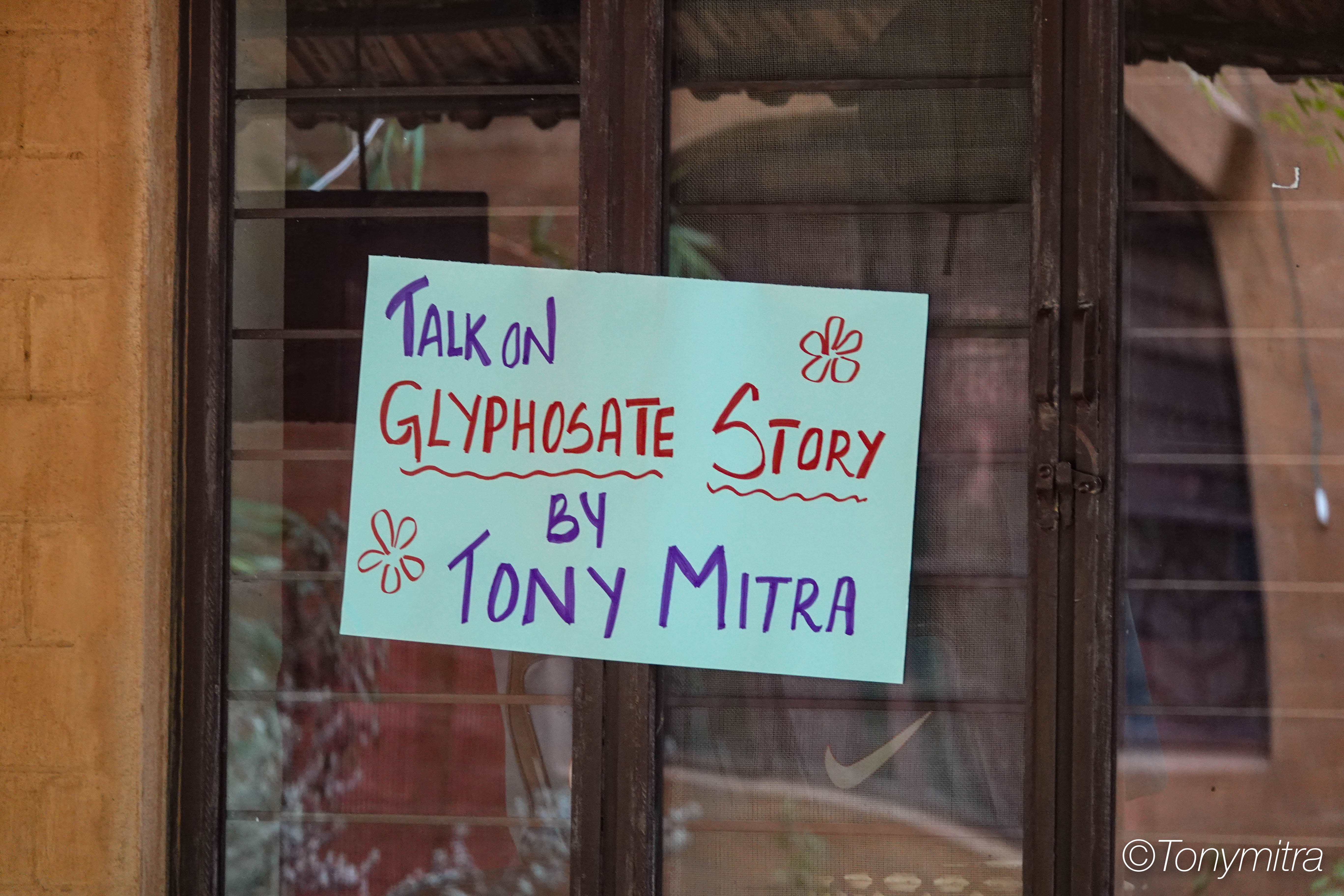
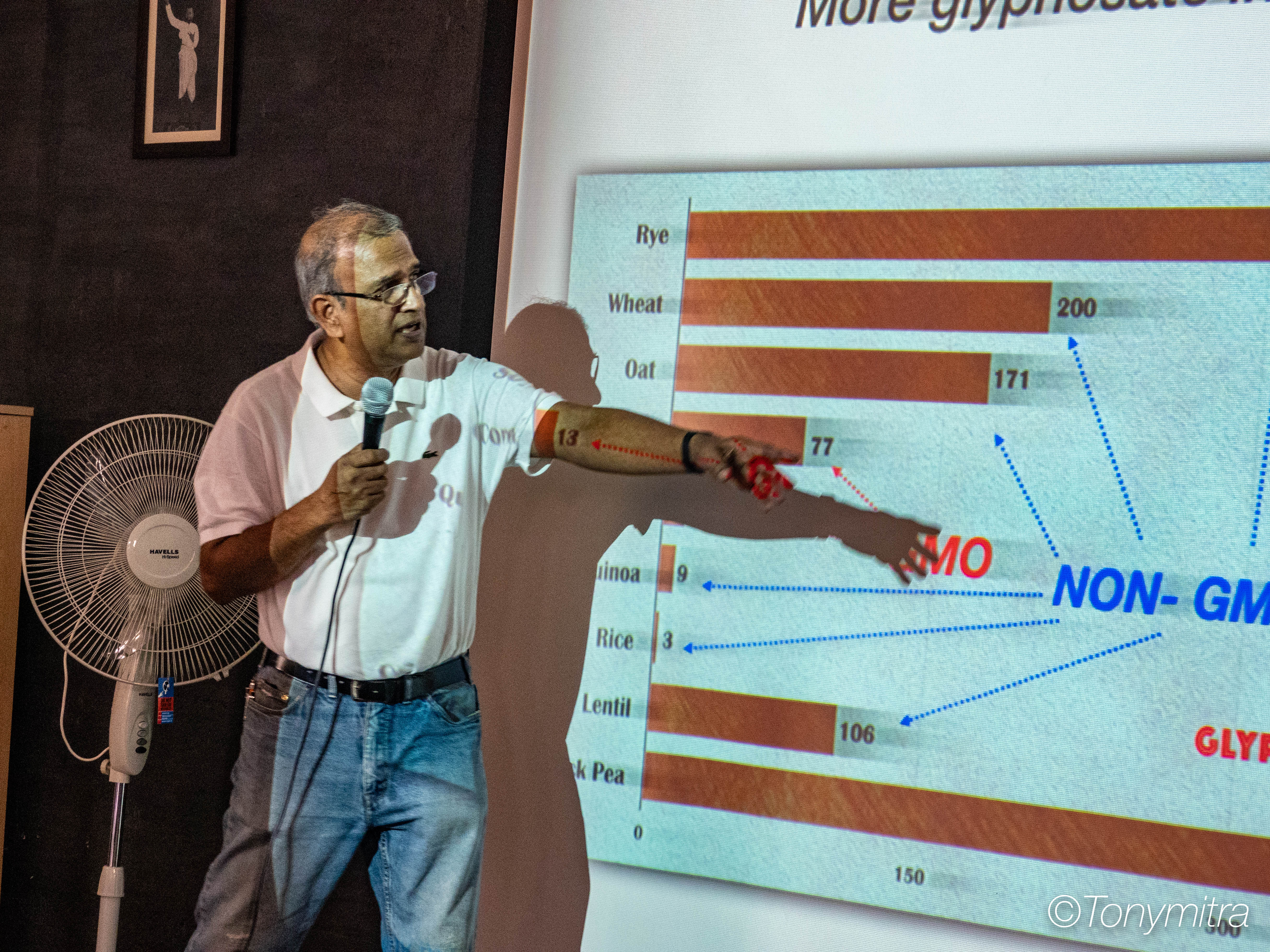
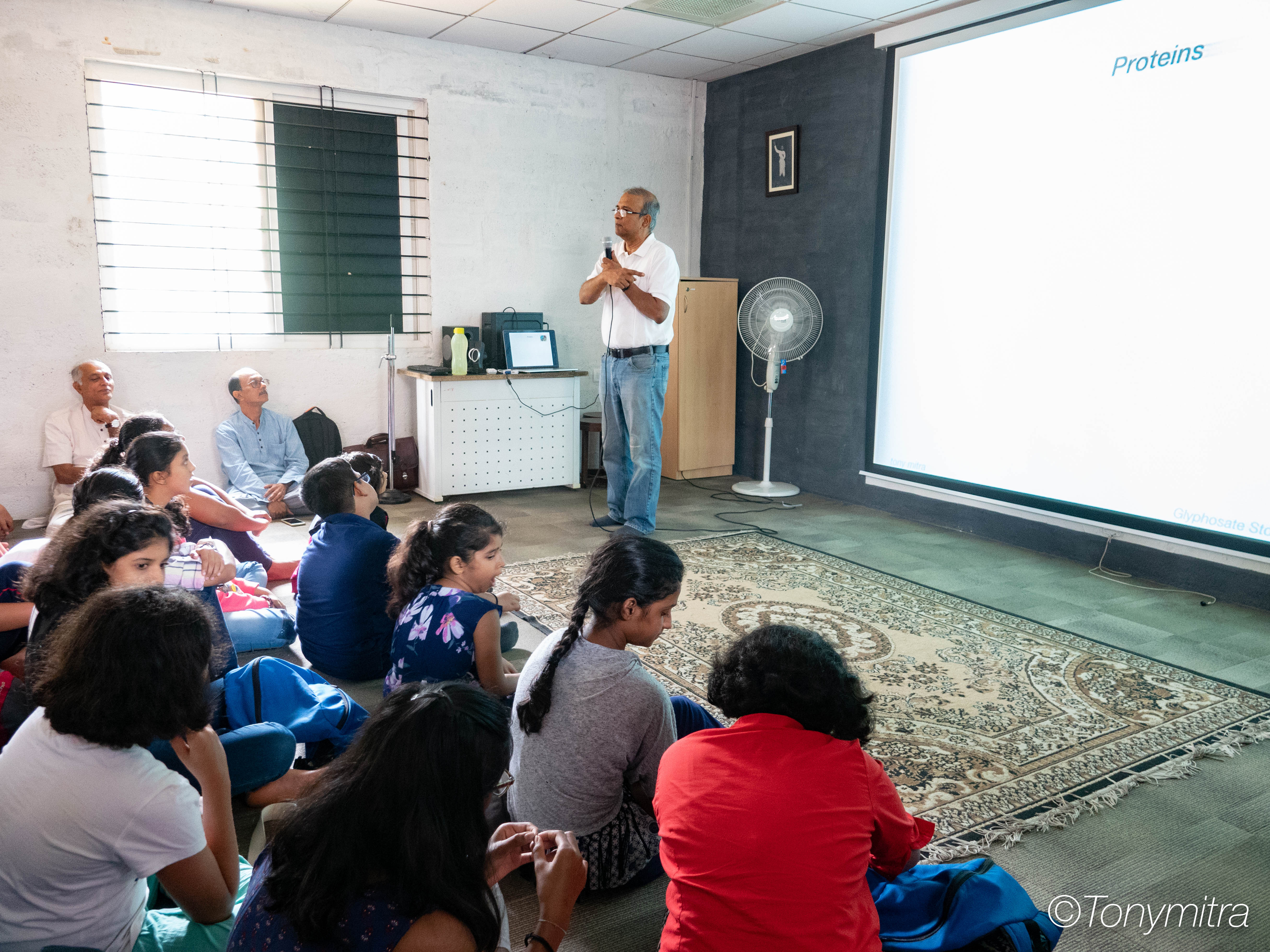
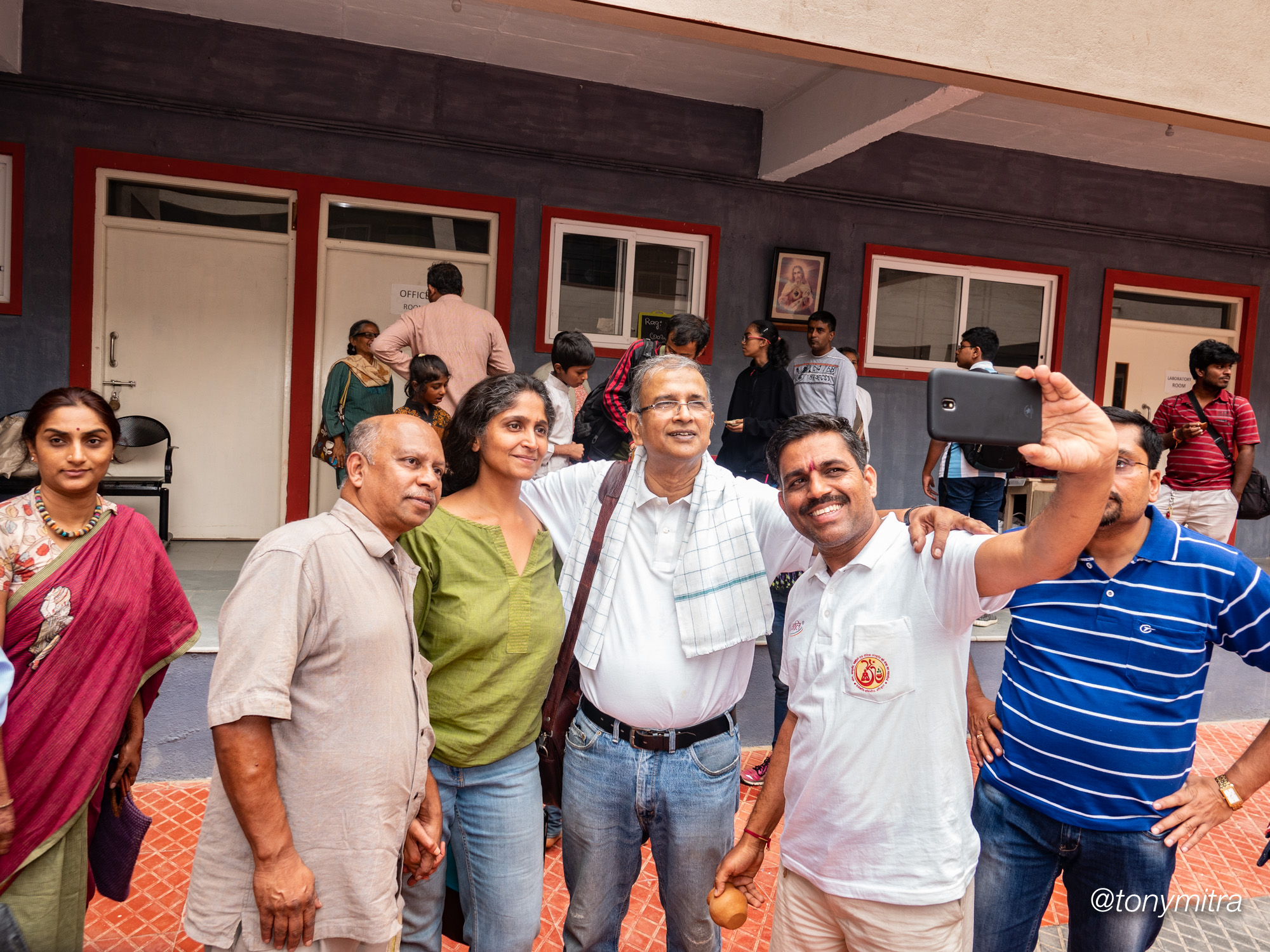
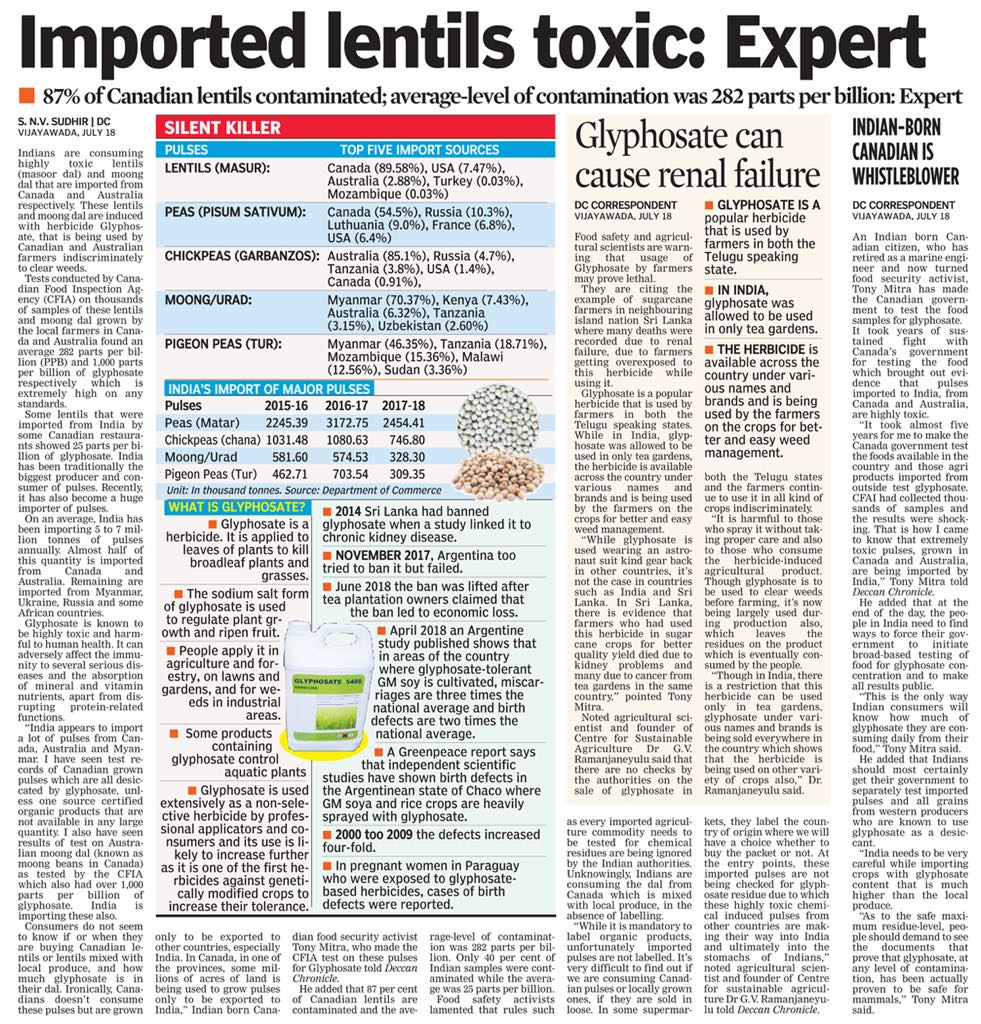 One was for the Telengana issue while the other was for Andhra Pradesh.
One was for the Telengana issue while the other was for Andhra Pradesh.